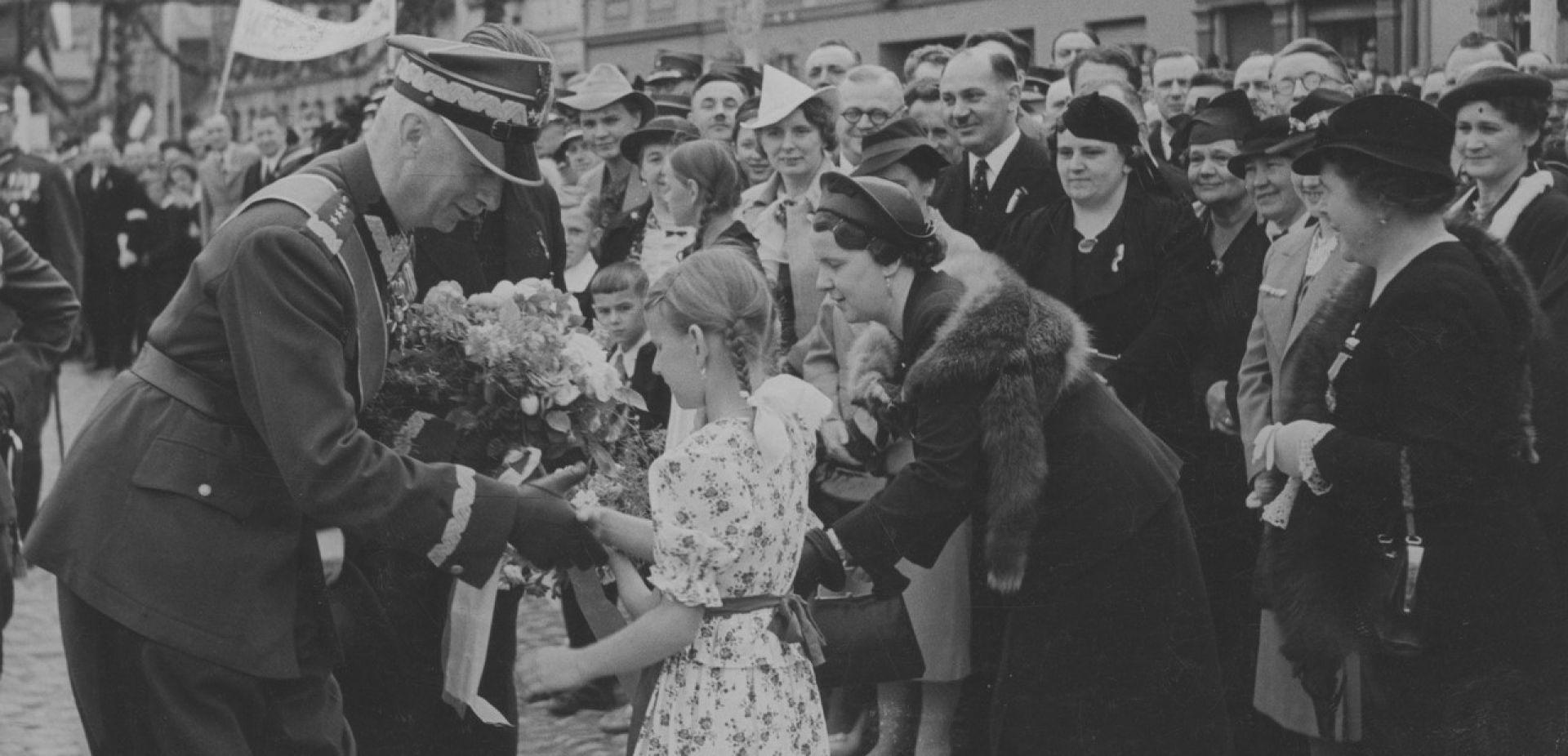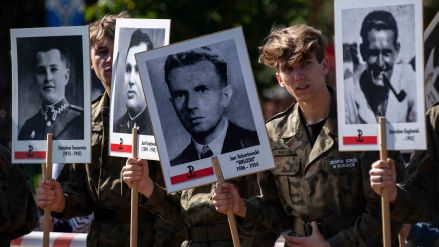Thanks to the intervention of Minister Krzak, it was established that until 1948 the FON gold was stored in the Ministry of National Defence. In March 1948, 10 sealed cassettes were transferred as a deposit of the Ministry of Treasury to the National Bank of Poland. In January 1951, a special commission of the Ministry of National Defence and the Ministry of Treasury reviewed the deposit and its partial liquidation. 122 kg of gold objects and coins were melted down for scrap and transferred to the NBP vault. Part of it was earmarked for “balance of payments purposes of the state, including partial repayment of debt resulting from international agreements concluded in the interwar period”. 550 gold watches, 156 pieces of jewellery and 155 valuables, including precious stones were left. This part was placed at the disposal of the Civil Chancellery of the President of the Republic of Poland and the Office of the Council of Ministers. Five years later, the deposit left the NBP treasury. Three historic items: Prince Napoleon Bonaparte’s gold medal, a Gold Cross of Merit and a Greek gold coin of Philip II of Macedon from the 4th century B.C. went to museums. The rest of the valuables were sold through the state-owned outlets “Desa” and “Jubiler” (without documenting their source of origin).
Unanswered questions
In November 1981, the Wrocław magazine “Wiadomości” published a report entitled “The Secret of FON’s Golden Treasure”. They ended it with a series of questions, including: why was the case covered up and what was the money from the sale of silver and gold used for? What does it mean that part of the deposit remained at the disposal of the Civil Chancellery of the President and the government? What were the rules for selling jewellery at “Jubiler” and who could buy it?
After 1989, an investigation into the fate of the FON was launched, but it was discontinued due to lack of evidence. A team of prosecutors and inspectors from the Supreme Audit Office reviewed all documents available to them regarding gold from the Fund and found no evidence supporting the hypothesis that the treasures were stolen by communist dignitaries. The team assumed that 208 kilograms of gold went to the Polish People’s Republic and not 350 kilograms, as General Tatar claimed. The investigators questioned many witnesses, including Eugeniusz Szyr, who did not remember much and assured that he learned about the suspicions of gold theft from the FON only in the 1980s. However, they did not review the documents regarding the distribution of approximately USD 2.5 million from the Drawa Fund, part of it in gold. It is not known what these funds were used for.
 SIGN UP TO OUR PAGE
SIGN UP TO OUR PAGE

In 2006, history added a surprising epilogue to this case. The commission supervising the liquidation of the Military Information Services found valuable items in one of the safes, including diamond jewelry, gold coins, gold bars and a gold pen. It turned out that in the special deposit of the operational fund there are the remains of the pre-war treasure of the FON and the “Żelazo” [“Iron”] scandal. This information was confirmed by Piotr Bączek, spokesman for the liquidator of the Services and the then deputy Minister of National Defence, Antoni Macierewicz.
However, the golden mystery has not yet been solved. Questions still remain: how were the millions of dollars in the Drawa Fund distributed? And also what happened to the property confiscated in other cases, such as the “Goldenheads” scandal, i.e. the network that took hundreds of works of art from the Polish People’s Republic and brought back 16 tons of gold? At that time, not only were works of art transferred to museums, the Office of the Council of Ministers, and the Ministry of the Interior were seized, but also significant amounts of gold bars and foreign currency were confiscated?
– Małgorzata Borkowska
TVP WEEKLY. Editorial team and jornalists
– Translated by Dominik Szczęsny-Kostanecki
The exhibition “Don’t waste your independence. Silver from the National Defence Fund. Varsaviana” at the Royal Castle in Warsaw is open until September 10, 2023.
Text sources:
„Kto ukradł złoty FON” Helena Noskowicz-Bieroniowa
„Tajemnica złotego skarbu FON” Wiadomości, 12.11.81
„Afera w polskiej armii. To była walka o miliony dolarów” – Facet.wp.pl
„U źródeł afery TUN. Generał Stanisław Tatar, rozpad Komitetu Trzech i przekazanie komunistycznemu wywiadowi wojskowemu funduszu „Drawa” 1947–1949”, Daniel Koreś, Przegląd Historyczno-Wojskowy
„Skarb Tajniaków” – Wprost.pl
„Asy czy miernoty? Jacy naprawdę byli szpiedzy PRL-u?” – Newsweek.pl


 SIGN UP TO OUR PAGE
SIGN UP TO OUR PAGE
 In 2006, history added a surprising epilogue to this case. The commission supervising the liquidation of the Military Information Services found valuable items in one of the safes, including diamond jewelry, gold coins, gold bars and a gold pen. It turned out that in the special deposit of the operational fund there are the remains of the pre-war treasure of the FON and the “Żelazo” [“Iron”] scandal. This information was confirmed by Piotr Bączek, spokesman for the liquidator of the Services and the then deputy Minister of National Defence, Antoni Macierewicz.
In 2006, history added a surprising epilogue to this case. The commission supervising the liquidation of the Military Information Services found valuable items in one of the safes, including diamond jewelry, gold coins, gold bars and a gold pen. It turned out that in the special deposit of the operational fund there are the remains of the pre-war treasure of the FON and the “Żelazo” [“Iron”] scandal. This information was confirmed by Piotr Bączek, spokesman for the liquidator of the Services and the then deputy Minister of National Defence, Antoni Macierewicz.



